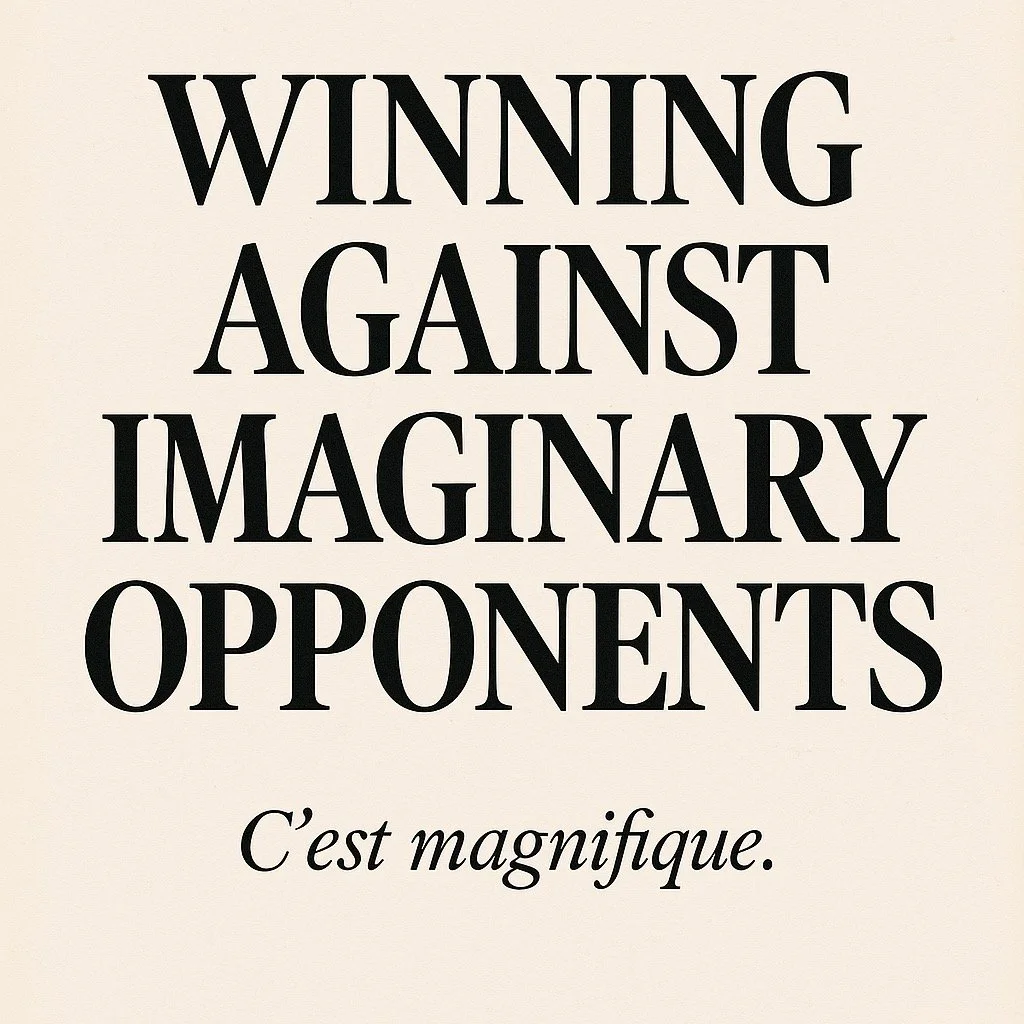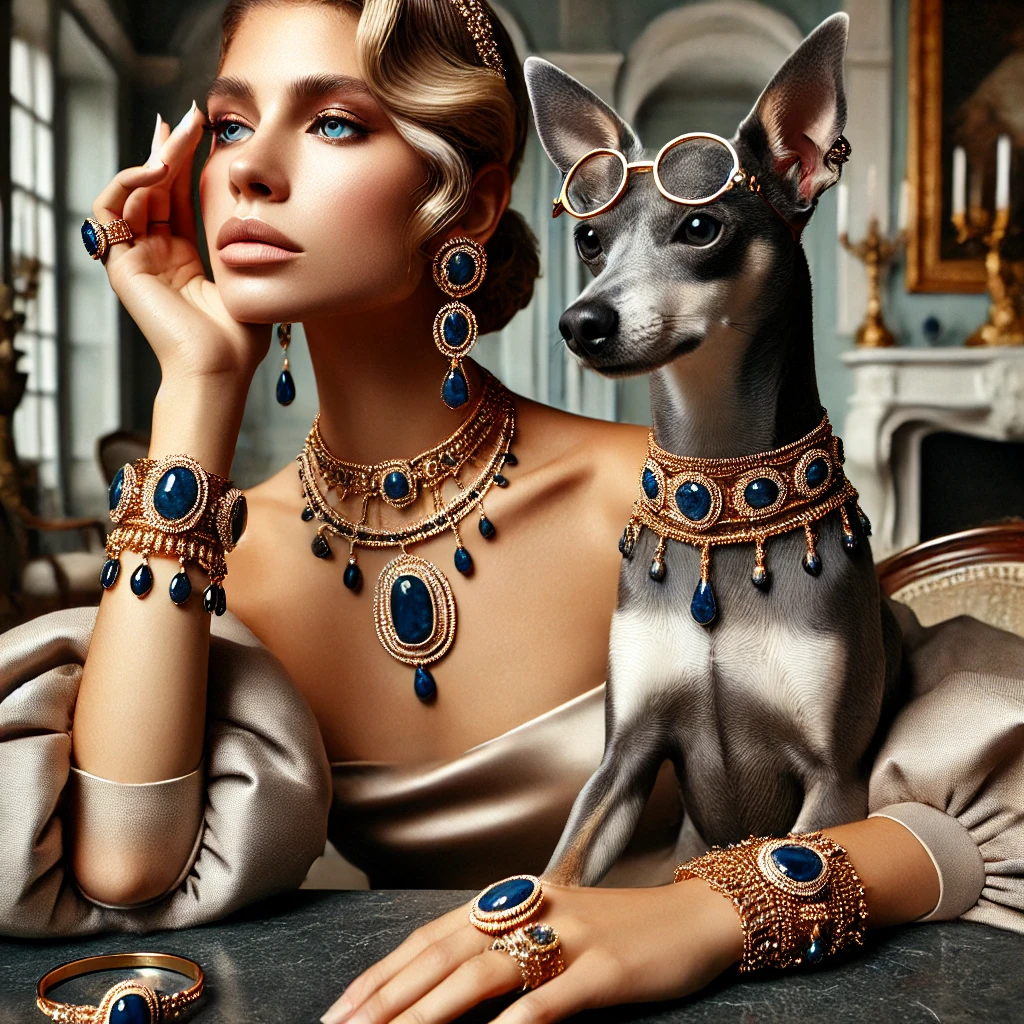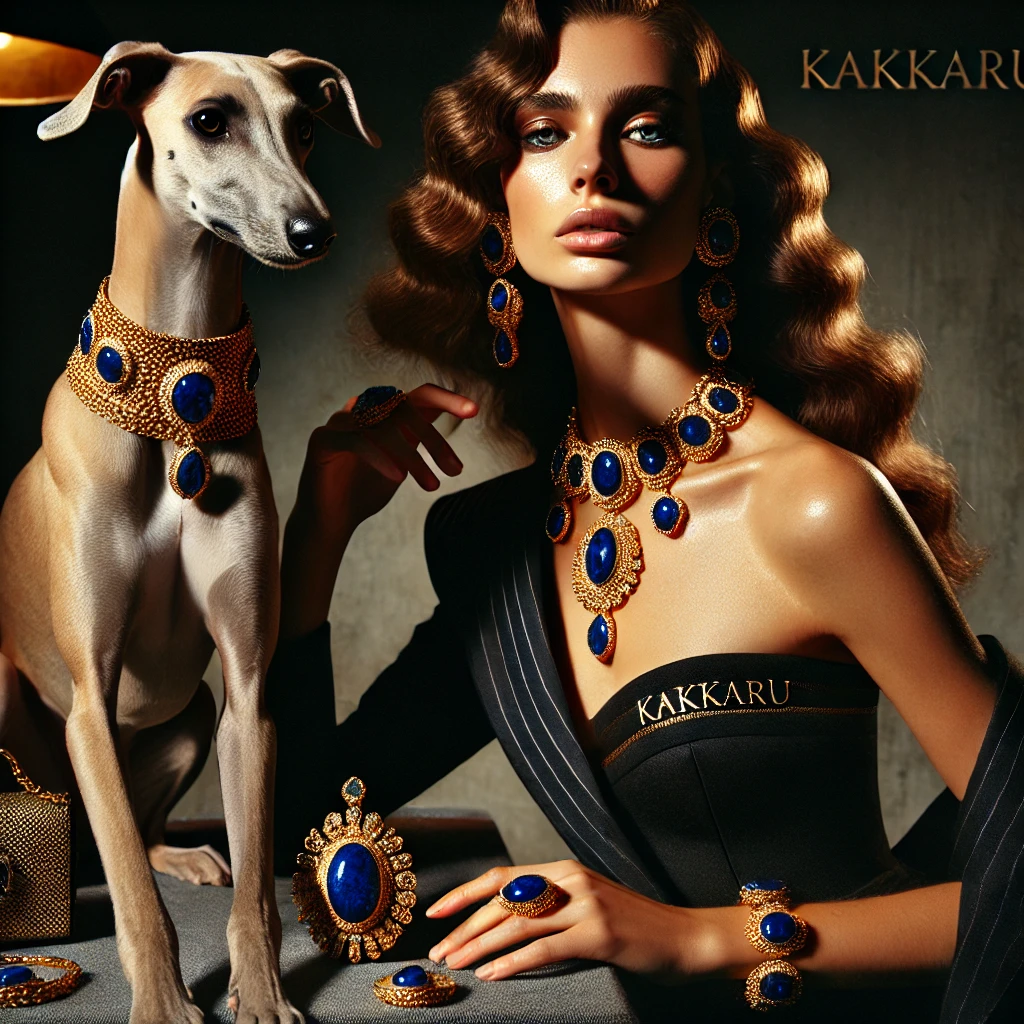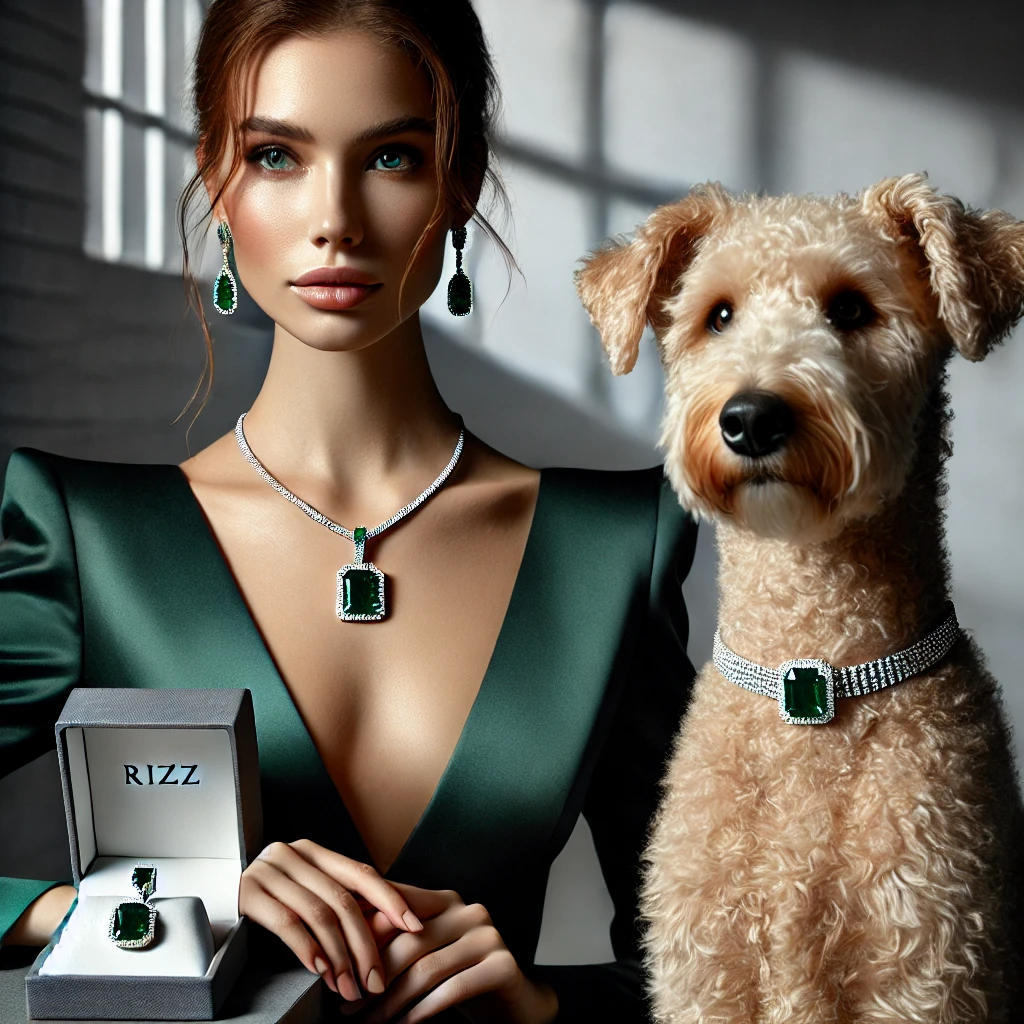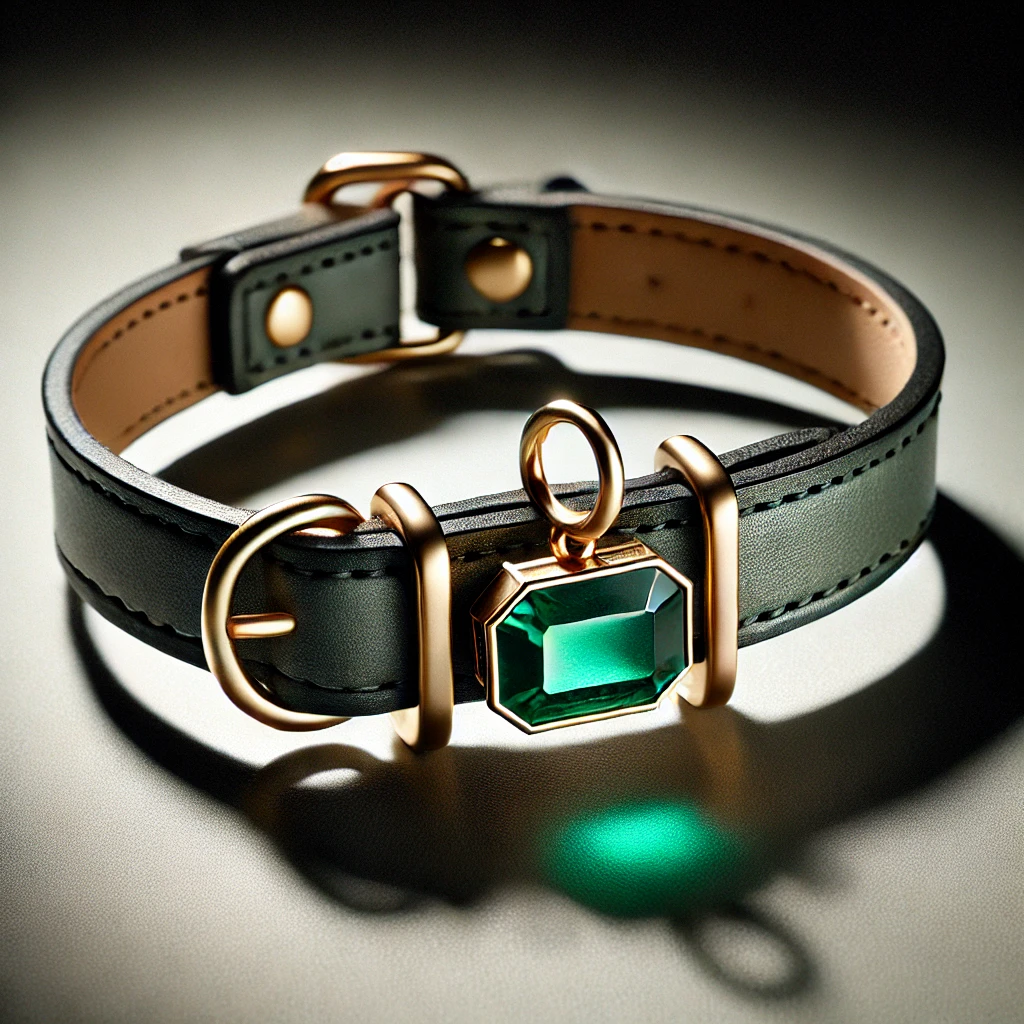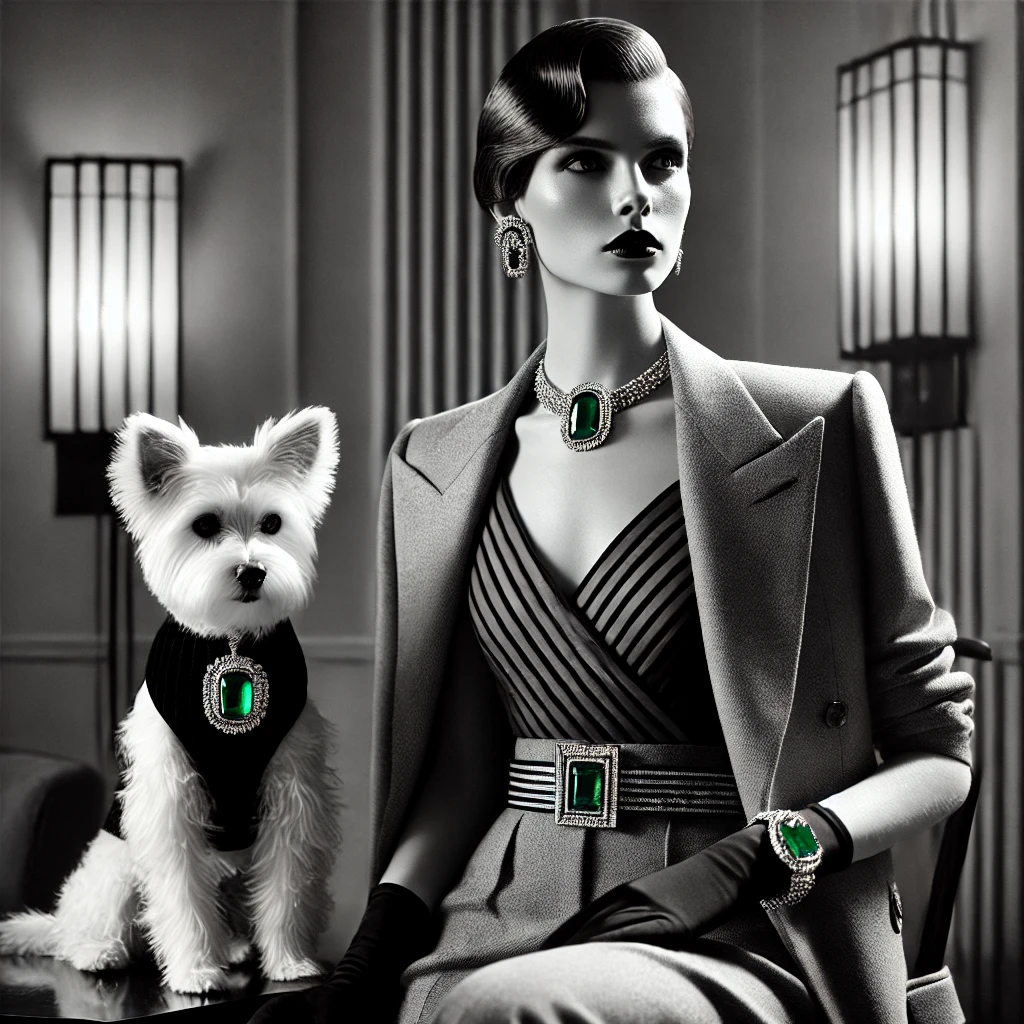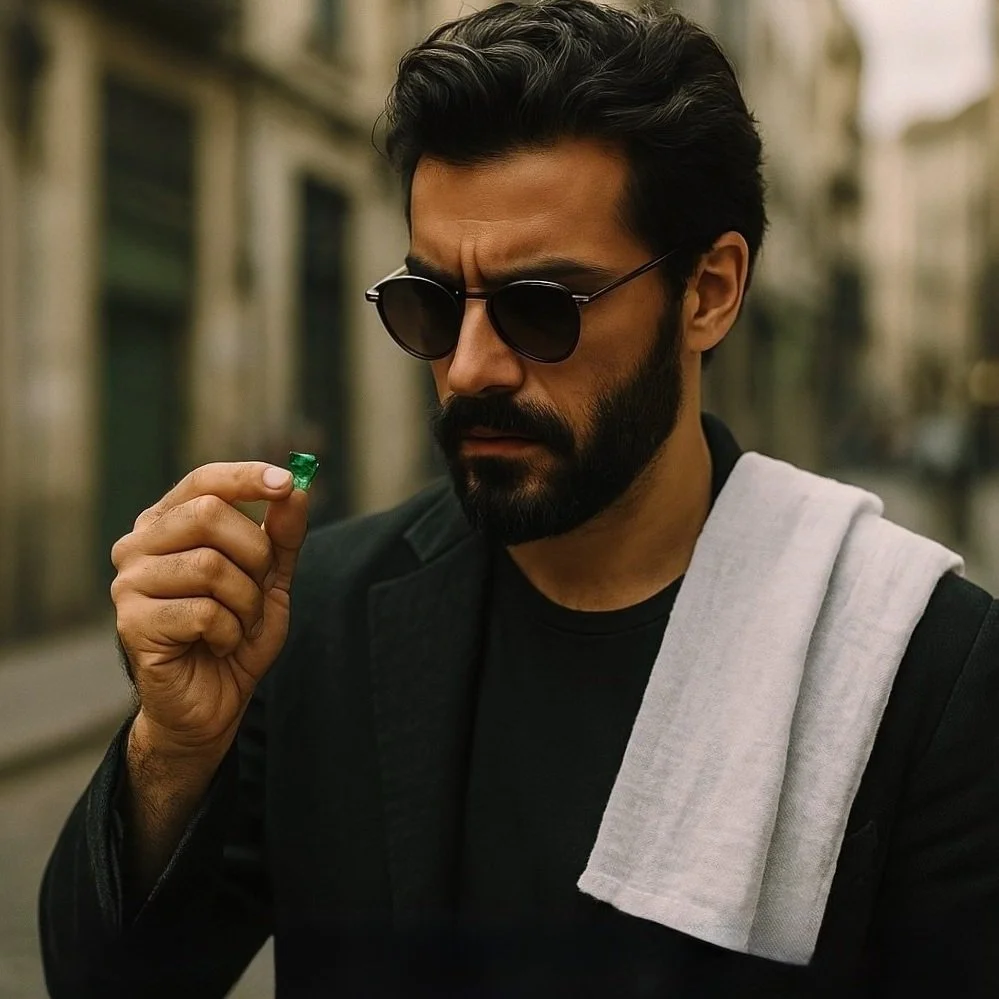
For millennia, civilizations have marked their greatest moments with gold, gemstones, and artistry. Our collections are more than adornments—they are an inheritance of culture, a seal of legacy, and a contract of devotion.
Gold, silver, and gemstones have historically served as hedges against inflation, stores of wealth, and intergenerational assets. Unlike fiat currencies that fluctuate and devalue, precious metals and rare stones remain permanent markers of value. Ancient empires backed their wealth with measurable, unchanging stores of gold and silver, while gemstones served as portability-focused repositories of affluence—easy to carry yet invaluable.
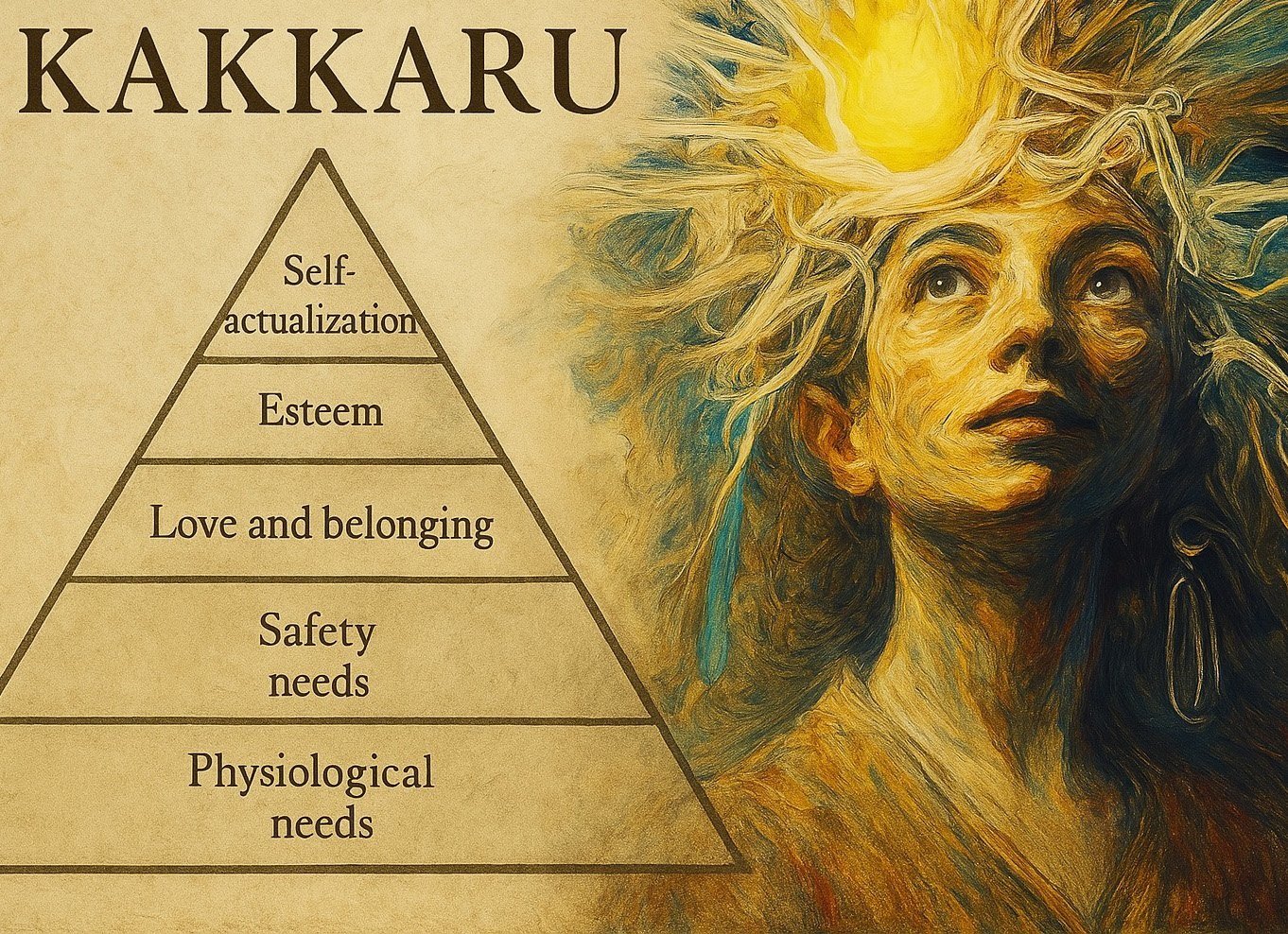
Jewelry has always been about more than just adornment; it’s a marker of legacy and deep personal meaning. From the Sumerian kings wearing lapis-laden diadems to 19th-century European aristocrats layering diamonds, the weight of a piece isn’t just in its carats—it’s in what it represents. Owning a piece designed for the test of time, is a power move, coupled with a non-status-aware being, only reinforces the casual, effortless luxury of the owner—an insider’s wink to those who truly understand prestige.
Featured Products
Emerald Small Pet Collar
Emerald Pendant
Emerald Cut Pet Collar
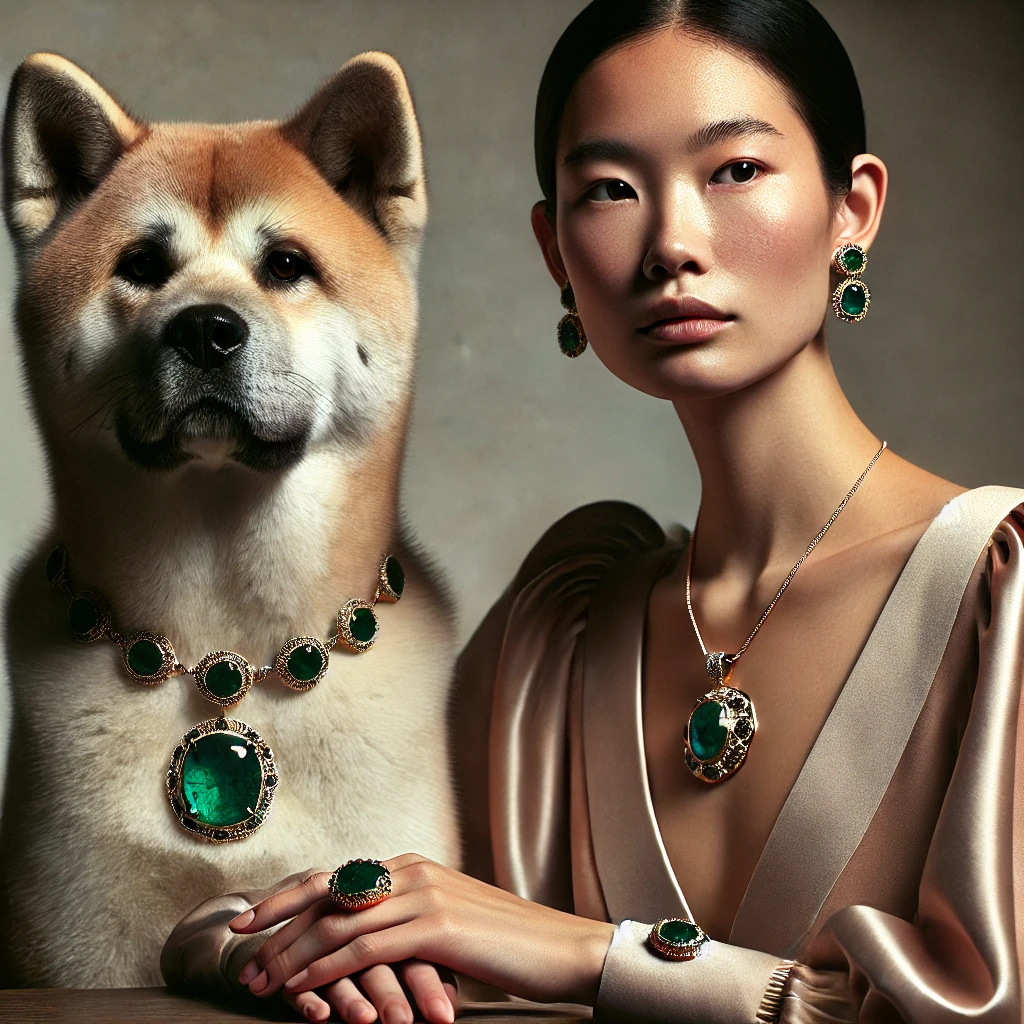
kakkaru
kakkaru
In Akkadian, the word kakkaru carries two related but distinct meanings—each deeply embedded in the economic and political foundations of the ancient world.
Primarily, kakkaru refers to a field or parcel of land. It appears frequently in legal, administrative, and economic texts from Mesopotamia, where it designates immovable, measurable property. These plots were often recorded in cuneiform and bound by boundary stones, contracts, or even royal decrees.
Ownership of a kakkaru implied far more than possession of land—it conferred status, economic agency, and in many cases, legal identity. In this context, kakkaru was not just a physical plot, but a signifier of freedom and belonging within the civic structure of ancient cities like Ur, Nippur, or Babylon.
For the freeman of Mesopotamia, land was more than sustenance—it was sovereignty.
A measured plot, inscribed in clay, conferred not just agricultural rights, but access to taxation privileges, legal identity, and social standing. Land was the first entry in the civic ledger of civilization.
Curiously, the same word also appears in Mesopotamian sources to denote a unit of weight, roughly equivalent to the talent—a large and standardized mass used to weigh precious metals like silver, gold and temple offerings to gods.
This dual usage is often traced to the Semitic root KKR 𐎋𐎋𐎗™ kakkar was phoenician northwest semetic similar to the hebrew kikkar כִּכָּר. Akkadian cuneiform, Sumero-Akkadian logophonetic version, the talent so to say, is kakkaru ™ 𒅗𒅗𒊏𒊒; In which some scholars interpret as meaning “to be circular” or “to round,” possibly referencing both circular plots of land and rounded ingots or weights used in trade and temple accounting.
While the etymological link is debated, many scholars believe this linguistic overlap points to a shared logic in early economic systems: whether one was measuring grain yields from a field or weighing metal for temple offerings, the idea of standardized units—be it area or mass—was essential to a functioning system of accountability and value.
The Akkadians were not just conquerors; they were the first great archivists of human ambition. Their scribes—masters of cuneiform—etched the ledgers, treaties, trade records, and contracts that have allowed us to reconstruct the lost world of Mesopotamia. Without them, we would not know of Sargon the Great, the Babylonian kings, or the vast trade networks that connected the Indus Valley to Egypt.
These scribes did more than record transactions; they preserved ideas. Through them, we know that emeralds from Afghanistan, lapis lazuli from Mesopotamia, and gold from Nubia were more than mere commodities—they were symbols of permanence, passed down through generations.
Kakkaru
Kakkaru

Heirloom-quality jewelry that transcends mere fashion.
A dime in 1925 could buy significantly more than it can today, while gold has increased in price over the same period. Unlike paper money, high-quality gemstones retain value and, in many cases, appreciate over time due to rarity.
Art that appreciates. Wealth you can wear.
It has a story—make it yours.
Grow your wealth.
At Kakkaru, we believe in legacy you can hold. From diamonds to emeralds, and the broader world of colored gemstones, our collection is built around one timeless principle: value that lasts.
When most people think of gemstone investments, they assume only rare natural stones matter. But the truth is more nuanced. Take emeralds, for example—hydrothermal synthetic emeralds share the exact same physical and chemical structure as natural ones. These lab-grown stones are not imitations; they are real emeralds, forged through advanced processes that mimic geological time.
Because they require substantial resources and precision to produce, high-quality hydrothermal emeralds carry an intrinsic value—far beyond that of glass simulants or low-grade synthetics. For savvy collectors, they represent one of the most stable entries into gemstone-based wealth.
Whether you’re investing in a GIA-certified diamond, a natural sapphire, or an ethically sourced emerald, every Kakkaru stone meets the highest standards of provenance, quality, and verification.
This is wealth with weight.
This is Kakkaru.
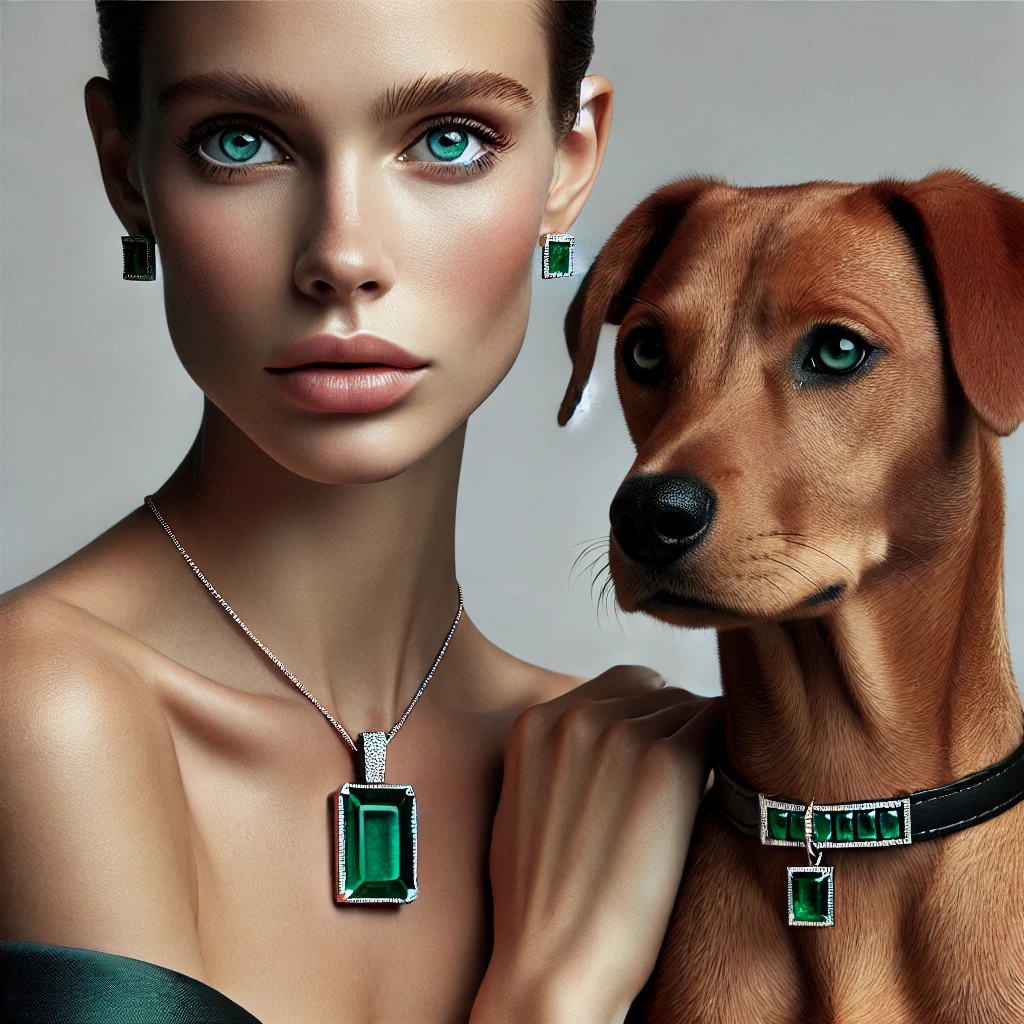

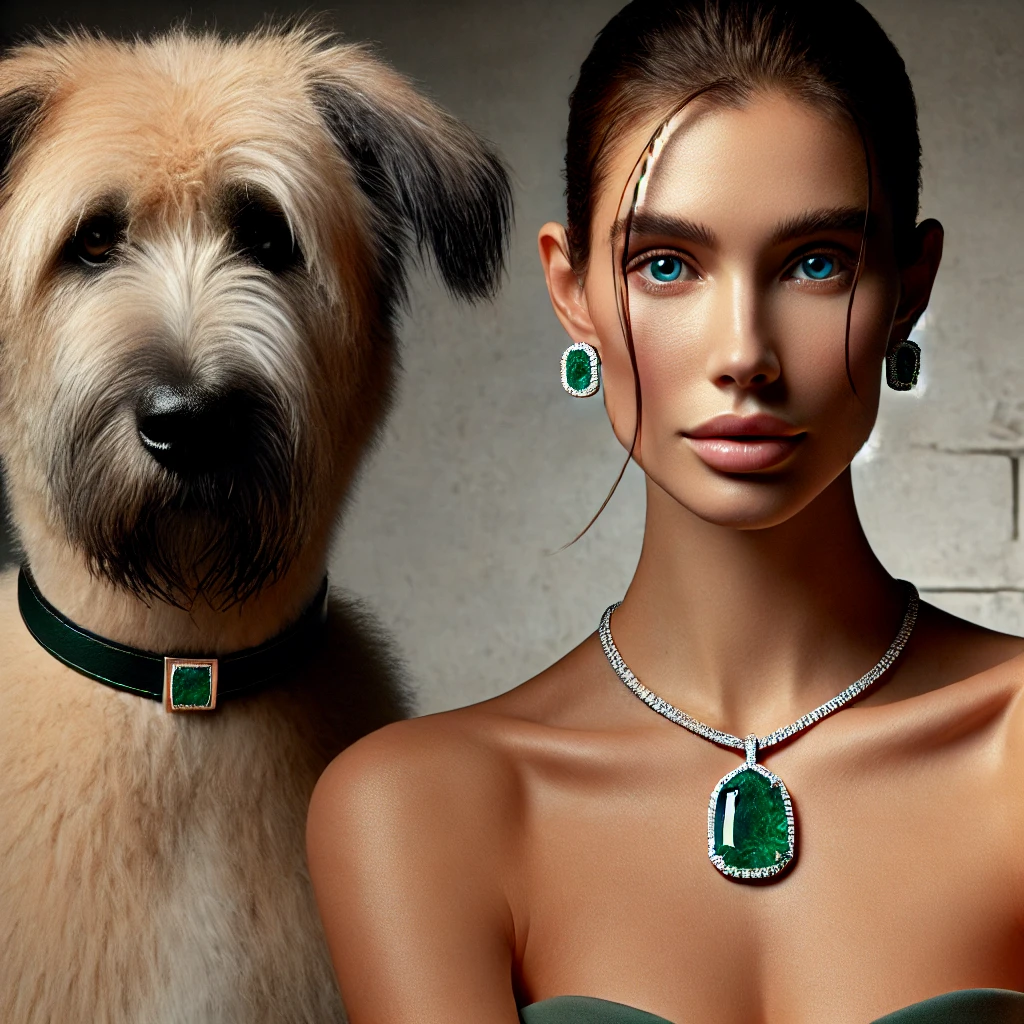

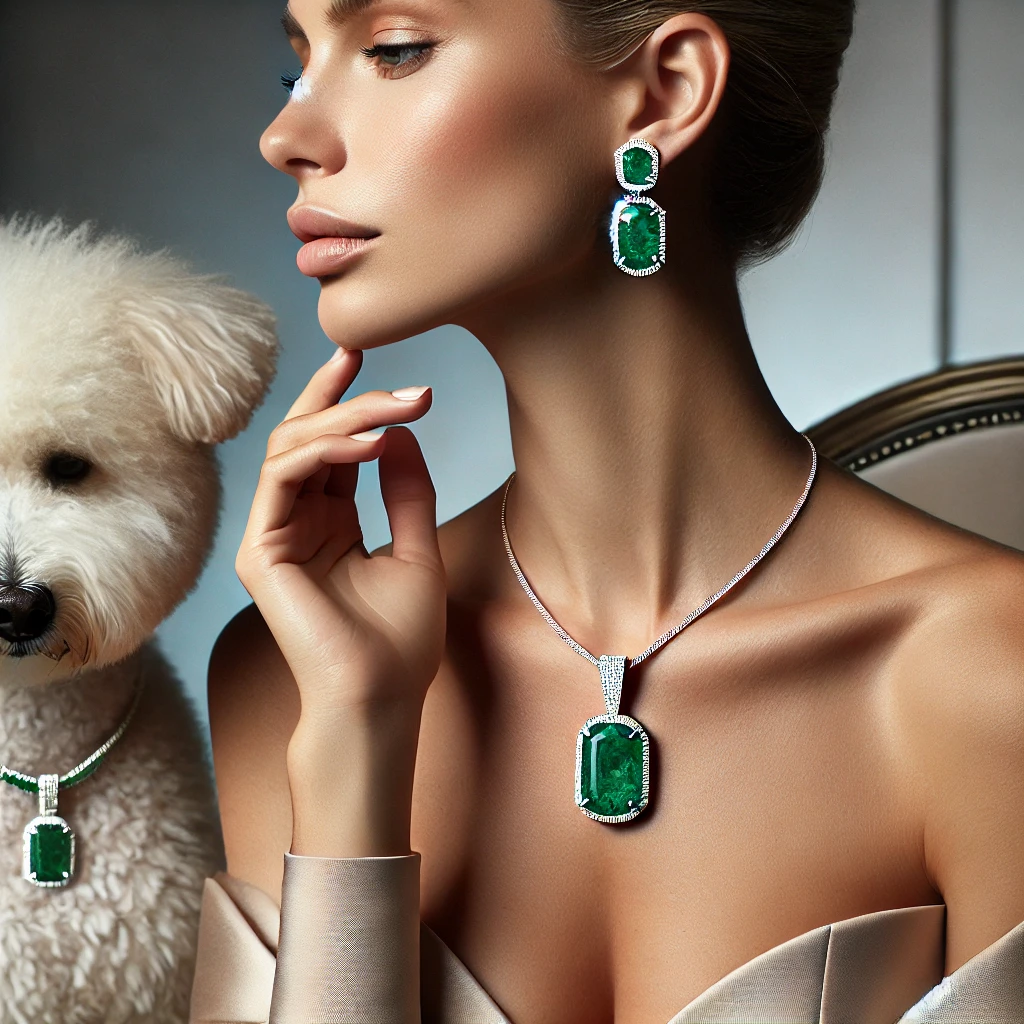
For thousands of years, wealth has not been measured in fleeting trends, but in what endures.
Gold, emeralds, rubies—these are not just adornments. They are the foundation of dynasties, power, and legacy.
Make it stand out
Services we offer
Unlock the secrets of this season’s most opulent trends with our bespoke consultation—tailored exclusively to your style, vision, and investment goals. From heirloom gemstones to modern statement pieces, our expertise ensures every selection is as timeless as it is exquisite.
Most consultations are complimentary.
Our limited edition prints offer a chance to own a piece of legacy. This is not just a print—it’s an heirloom. Unlike ordinary reproductions, each limited edition print is enhanced with a real hydrothermal emerald, embedded directly into the artwork, bridging the worlds of fine art and fine jewelry.
A Kakkaru work is not bound by medium or convention. It is an object of value, designed to evolve—a vessel of rarity, memory, and market clarity.
Own an Original Work
Each piece is crafted with intention—integrating elements whose origins are carefully studied, selectively sourced, and chosen for meaning as much as for material.
It’s a human endeavour. And like all such things, it’s never perfect. We do our best to know where things come from, and to work with those who treat the land and the people behind it with respect.
Some stones are natural, others precision-grown. Some are antique, others newly cut.
All are authenticated to the highest standards available, and every inclusion serves a purpose—whether revealed or reserved.
Our
company ethos
Wealth should be cultivated, not flaunted. We uphold a standard where every acquisition is a savvy decision, not an impulse buy. Our custom fine art pieces, embedding natural emeralds and rare gemstones, elevate collecting to an entirely new realm—merging wealth preservation with aesthetic charm.
Each stone carries a story. From the Akkadian scribes who first documented commerce to the emeralds of Cleopatra, we honour history with every curated selection. We reject the fleeting nature of fashion in favour of pieces that outlive their wearers—adornments that evolve into generational heirlooms.
Every piece is carefully selected, with a focus on verified provenance and enduring quality.
Where applicable, GIA certification supports our commitment to excellence—ensuring that only the most exceptional, investment-worthy gems find their way into the Kakkaru collection.
